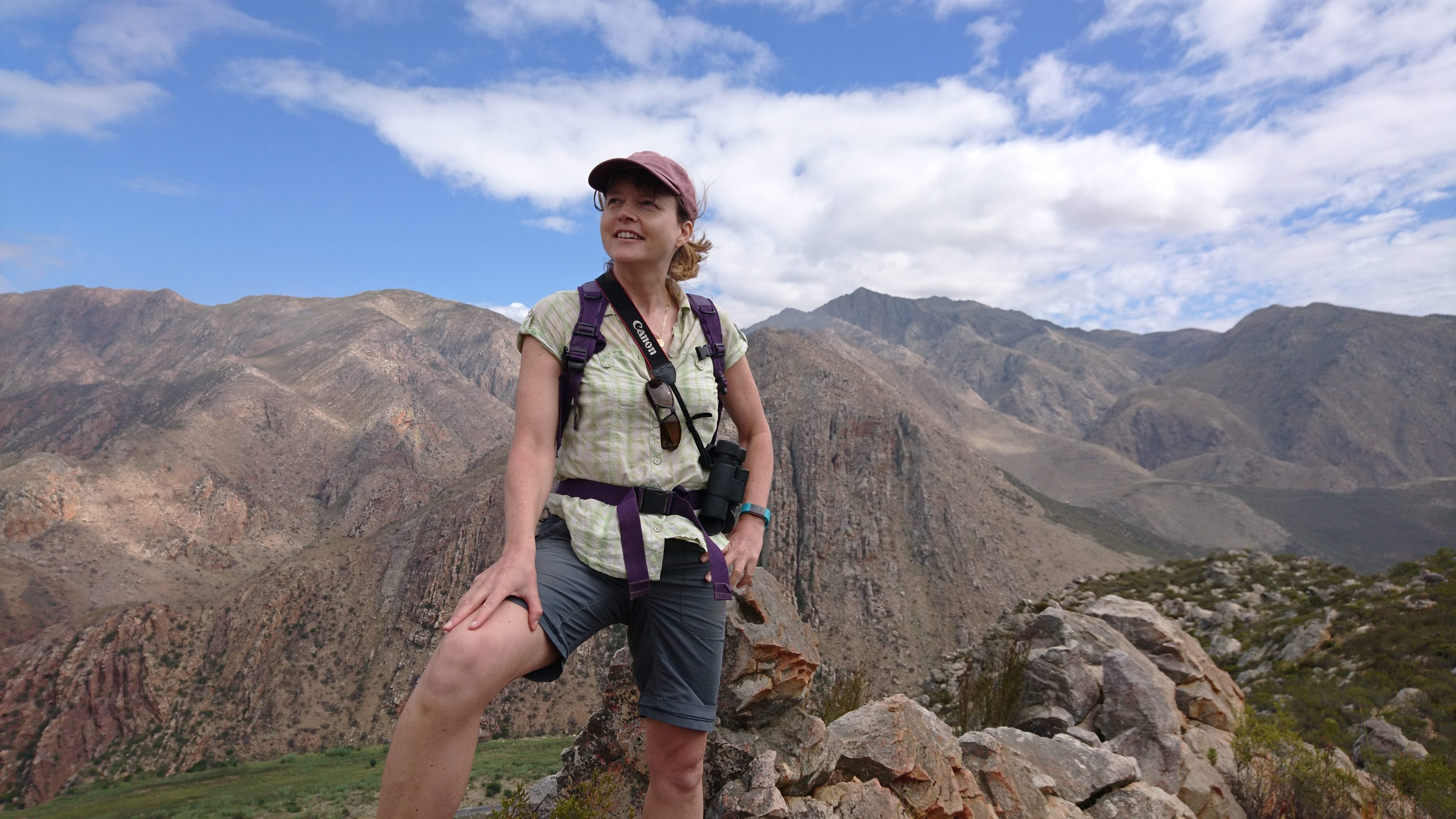Scientists have found two samples of the 444 million years old “inside the interior” with soft tissues, according to a new study. Unlike most fossils, the muscles of the creature and courage are preserved – but not a more durable shell – in the old deposits that turned into stone.
Al -Ahfouri, which was found 250 miles (402 km) north of Cape Town, South Africa, is a new type of multiple arthropod that may have lived in poor oxygen waters, according to the study, was published on March 26 in the magazine Papers.
The researchers called the name of the new species Keurbos Susanae And called the nickname “Su” after my discovered mother.
“Soo is an internal wonder, without head, wonder,” major author Sarah GabbotThe excavation scientist at Leicester University in the United Kingdom said in a statement. “Significantly, the inner interior of its interior is a mineral cage: muscles, tendons, tendons, and even courage preserved with unimaginable details. However, she lost her leg, leg and durable head-luminous to decompose for more than 440 million years.”
Researchers have found excavations in Soom SHALE, a site known for the production of well -reserved fossil excavations, more than 20 years ago. They were hoping to find additional samples, but it turned out that the fossils of species were very rare. The silt, clay, and mud that were preserved from the conversion were deposited on the bottom of the old sea, below a low ocean in the oxygen, but it is high in the dissolved acid hydrogen sulfide – which indicates this your. Suzanna Perhaps it was adapted to a low oxygen environment.
Sue’s history dates back to the extinction of the late Ordovic mass (443 million years ago), when cold temperatures and ice progress abolished nearly 85 % of marine species.
Researchers are still working to understand how soft tissues are in the excavations your. Suzanna It is preserved in oil rock. The clay minerals may have played a role, as calcium phosphates, a common compound in the virtual muscles. On the other hand, shells and outer structures are likely to be preserved in the oil rock dissolved in the acidic ocean.

because your. Suzanna The sample is stimulated from the inside out, scientists are still not sure of the history of evolutionary species or how to compare other excavations from the same time period.
“We are sure that it was a rudimentary marine, but its accurate evolutionary relations are still outfit in a frustrating manner,” Gabbut said in the statement. The fragmented trunk of the fossil indicates that it contains some type limbs – but comparing Sue to the well -known fossil types require a sample with part of the preserved outer structure.

The team said it is unlikely to find other examples of the same types of healthy legs or their head.
“I always hoped to find new samples, but it seems that after 25 years of searching for these fossils is rare – so I could no longer stick to,” Gabbut said. “Especially recently, my mother said to me,” Sarah, if you will call these fossils after me, it is better to communicate and do so before I am on the ground and psychological disorder. “
Gabbut was joined that she was named Al -Ahfar after her mother because she was “a well preserved sample.” She said the real reason is that “my mother always said that I should follow a profession that makes me happy – whatever that is. For me, this is the drilling of rocks, finding fossils, then trying to know how they lived what they tell us about old life and developing on Earth.”
adxpro.online
